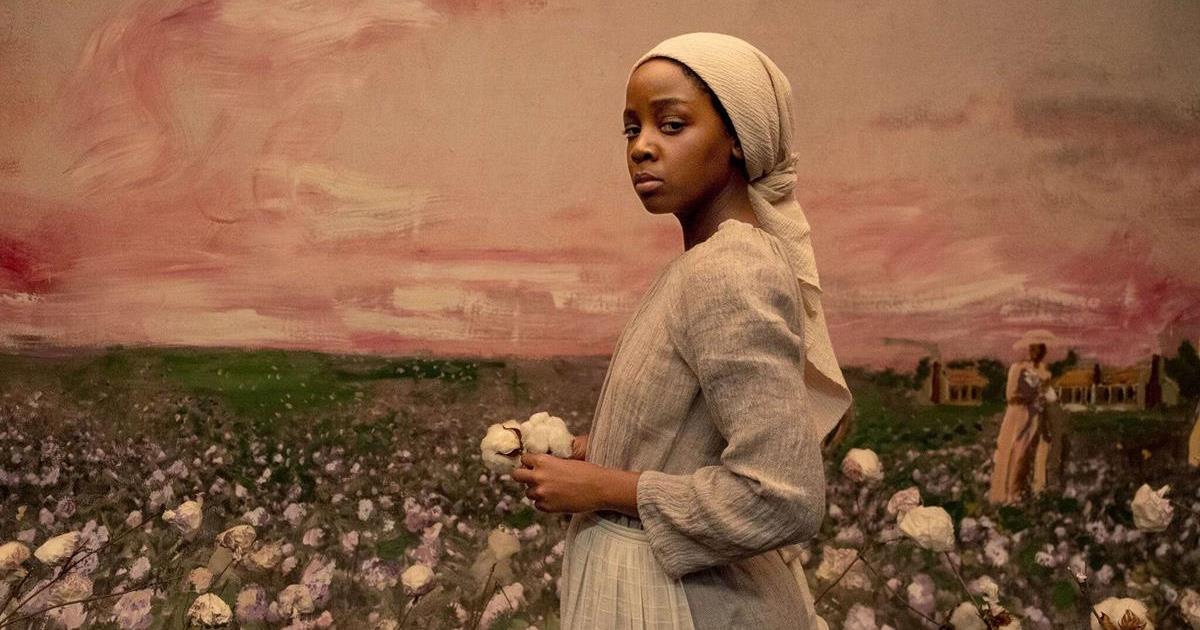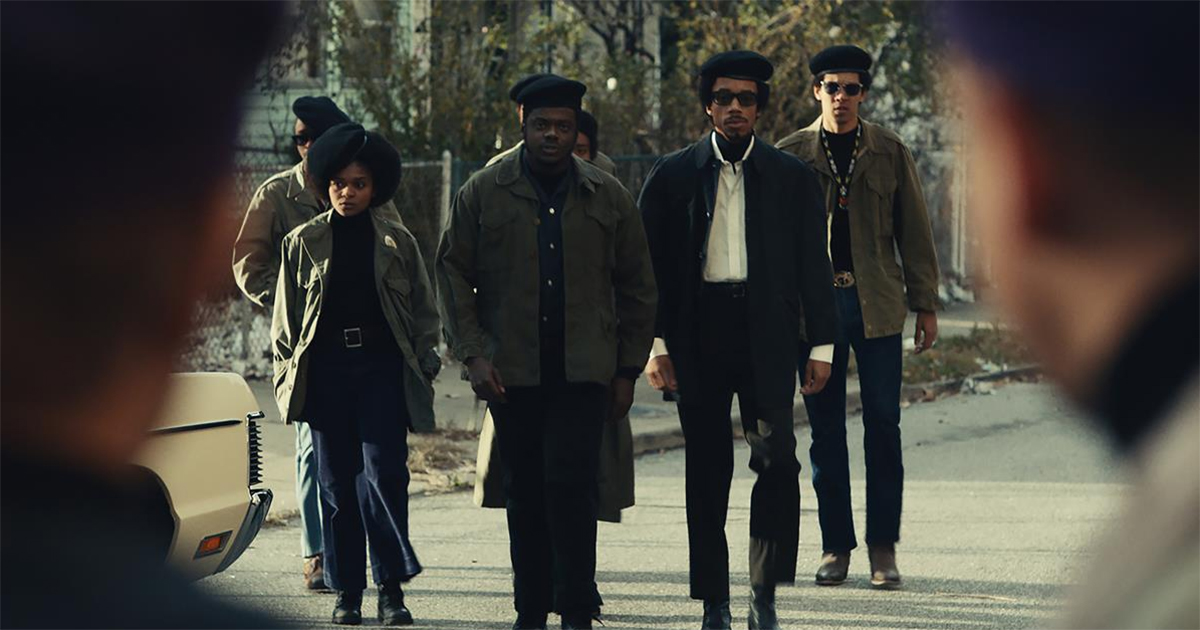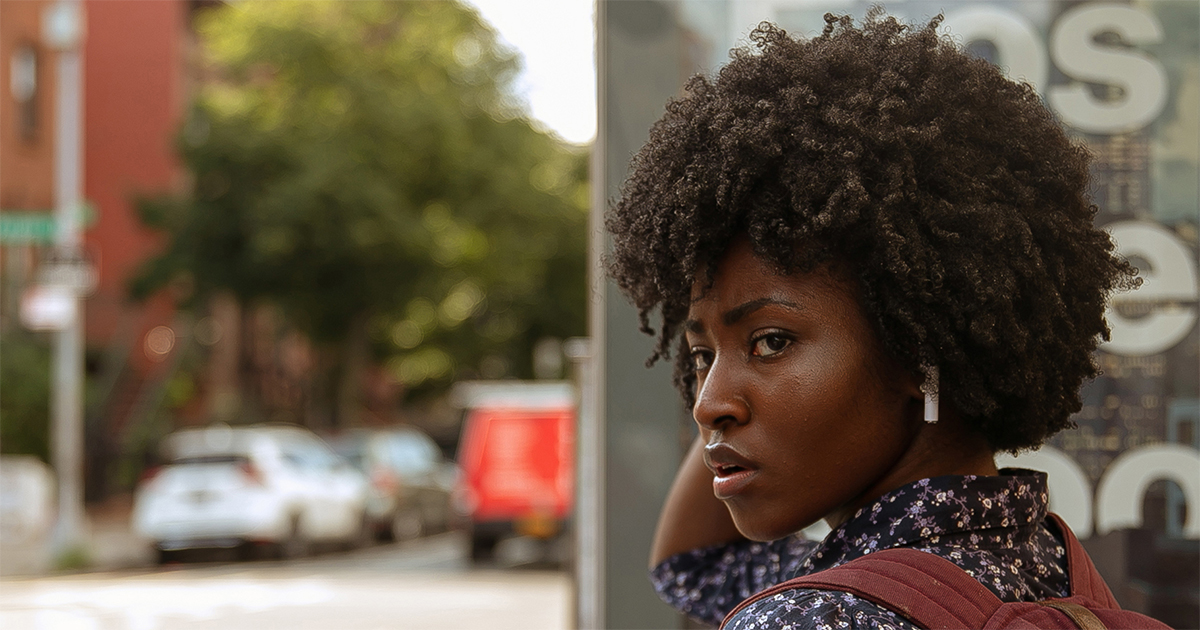
Horror drama series Them has the look of a 1950s movie, shot through the lens of a 1970s movie, with the technology of the 21st century.
Cinematographers Checco Varese, ASC and Xavier Grobet, ASC variously used spherical and anamorphic glass, LED video walls and shot color for black-and-white to create the unsettling ambience of racist paranoia in suburban Los Angeles.
Varese set the look for show creator Little Marvin and director Nelson Cragg. Eps were lensed by Varese and Grobet. They shot on Sony Venice and shared their experiences with Sony.
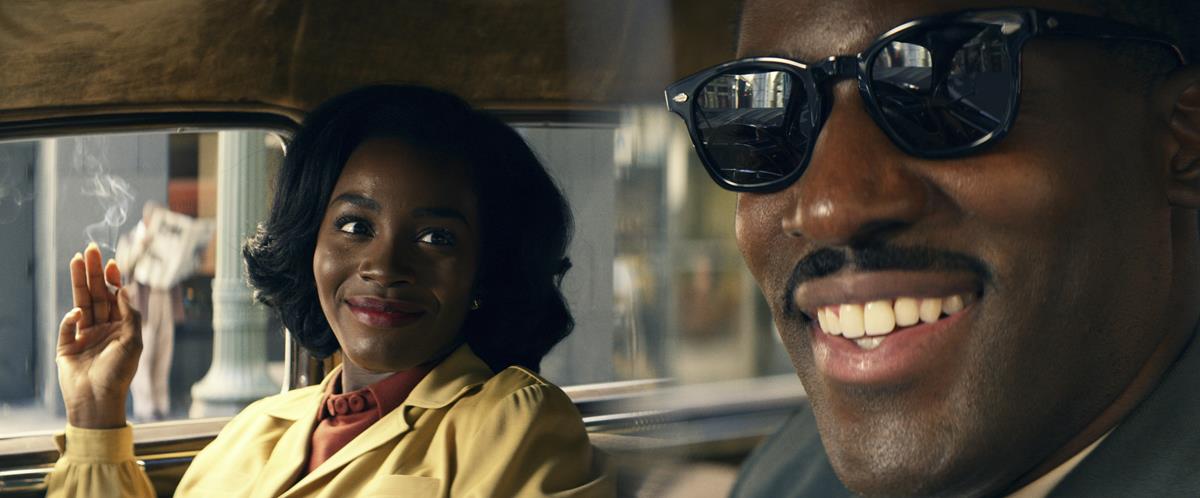
Varese dismisses the horror label for Them describing it as “a drama with an intrinsic fear factor embedded in it.” He says, “The fear doesn’t come from the usual suspect; it comes from what we don’t see. I painted with shadows in this project.”
Because Varese wanted to rely on optical and in-camera tricks, rather than visual effects, they tested a range of lenses, filters and attachments and shot parts of the show anamorphic and parts spherical. He framed with a 2:39 aspect ratio throughout to maintain a consistent anamorphic look.
After the third episode was shot anamorphic, Varese steered them to use Mini-Hawk lenses, spherical optical by design but with anamorphic-like bokeh.
“I wanted the anamorphic bokeh without the limitation of the minimum focus,” he says.
READ MORE: Shooting “Them”: Checco Varese, ASC and Xavier Grobet, ASC Bring the TV Series to Life (Sony Cine)
Grobet adds that the first set of lenses chosen, Hawk anamorphic, “are very sturdy, but with close focus we had to bring in diopters, so it was challenging. When we switched to Mini-Hawk, which were spherical, it made it easier for speed and efficiency.”
Episode 8 of the ten-episode series was designed as a prequel to the story’s tale of present day horror. Little Marvin wanted to shoot in black and white, but Amazon weren’t sure.
Varese worked with wardrobe to tweak the colors on clothing, to pre-empt the possibility of black-and-white. He says, “For black-and-white your shadows have to be longer, because you don’t have color to tell the story. The fire in black-and-white is different from the fire in color. We made a color correction in color, and one in black-and-white and the studio said it definitely should be black-and-white. I didn’t steer them in any direction.”
The shoot took place in Santa Fe at a ranch with some existing structures that the production designer painted a stark ivory color. Because the barn was a very tight wood, Varese and his crew took some wood out to create slashes.
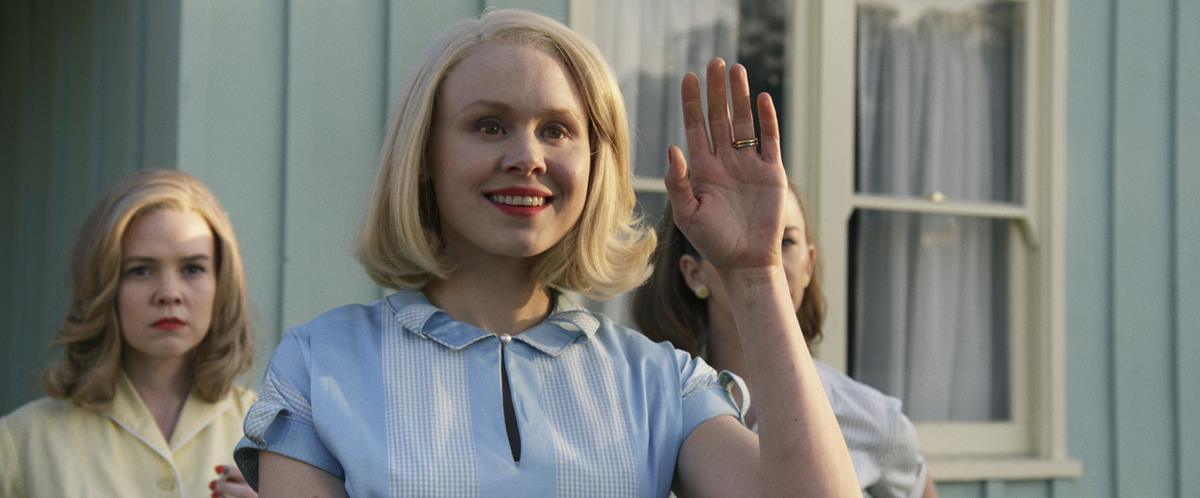
“We had a 20 x 40 bounce outside, and I asked the Rag Company to create a special bounce for me, like a checkerboard with hard silver alternating with soft silver. Then we added a plethora of HMIs in the ground to light this big bounce, so we could easily change the bounce with this mirror-like surface. Lastly, we added smoke inside.”
For Varese, the most difficult and rewarding scene he shot was in Episode 3, when one of the characters boards a bus late at night in LA on her way home. It seems so simple on paper but was apparently so sophisticated that the studio hired Suki Medencevic, ASC to shoot the rest of the episode so Varese could put his full concentration just into that scene.
The scene involves a vintage bus that the characters steps onto — only the “bus” was on a virtual stage with LED walls.
There is a myth that with LED walls you don’t need to use lights, Varese says. Rather, the LED walls become your green screen, your backdrop.
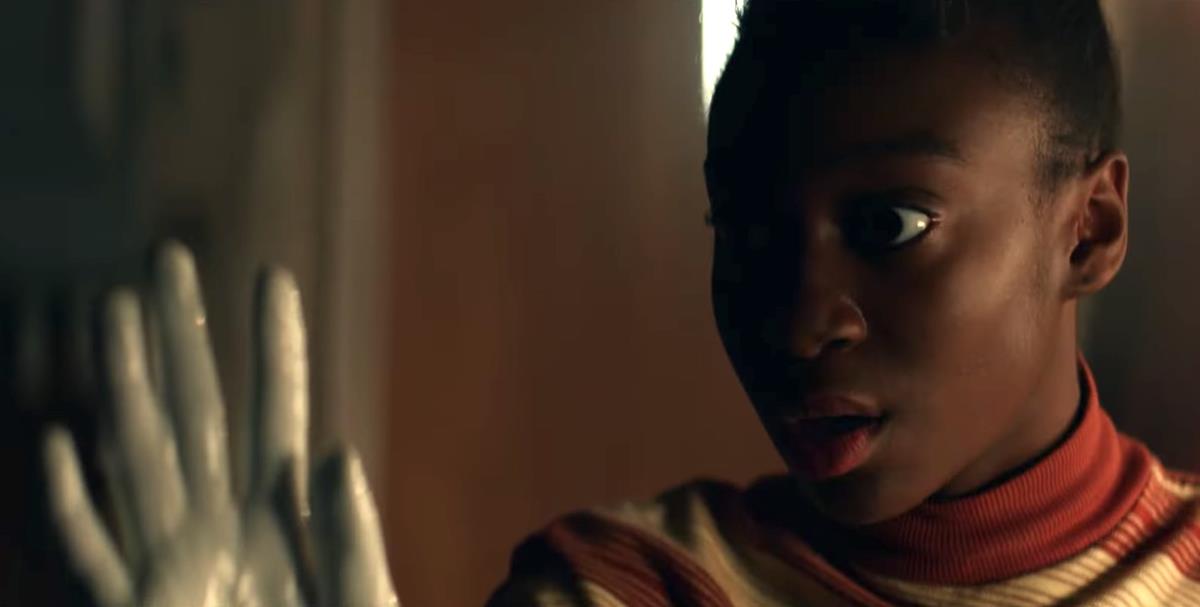
They hired a company that drove through the city and shot the plates, but found they had to recreate the lighting effect of a bus going past lampposts.
“We created two lines of lights coming into the bus, behind and above the LED walls. We also wanted to be able to shoot 360, so we surrounded the bus with LED lights.”
Between the dimmer board operator and the driver, Varese created an algorithm that allowed for the traveling light to move at the speed of the bus, while also syncing it with the lights on the walls. On top of that, the scene called for rain, so all the fixtures inside the bus had to be replaced with new LED lights.
“I’m very technical and at the same time artistic,” Varese said. “I was ecstatic that it worked.”


